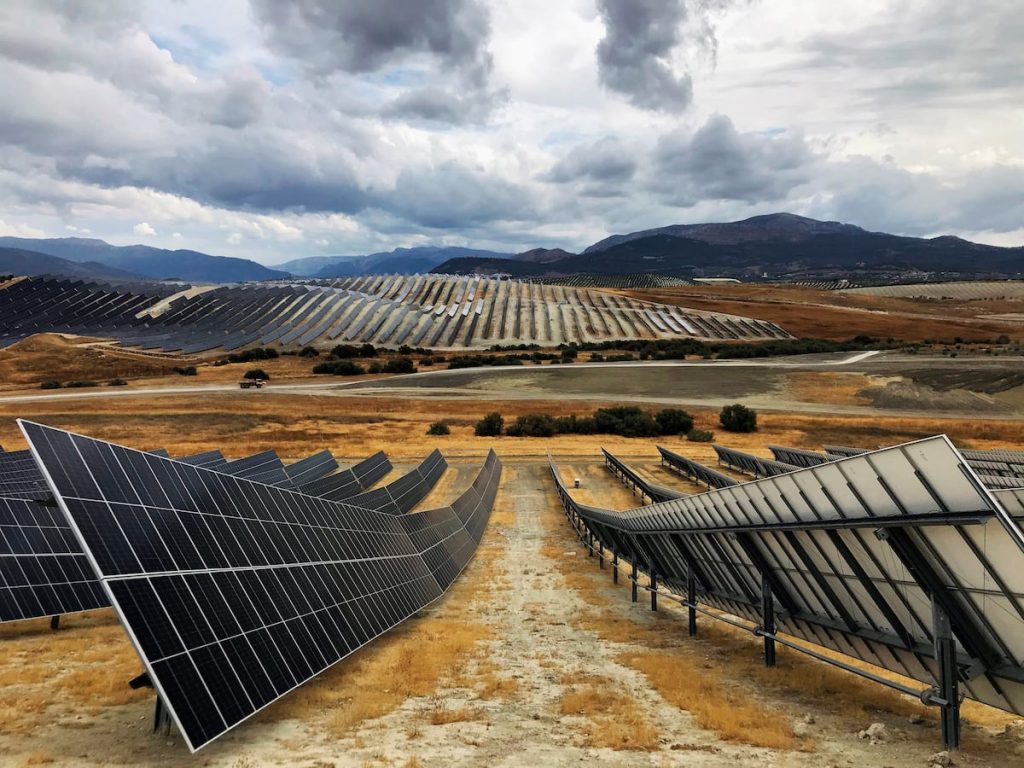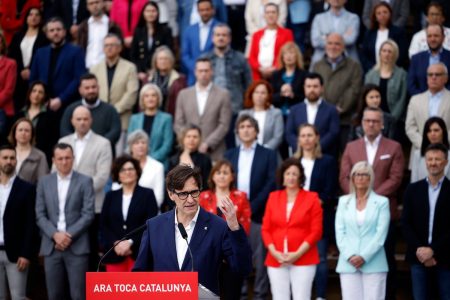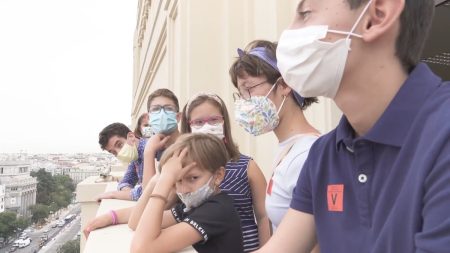The recent collapse of the wholesale market is not only resulting in lower energy bills in the short term. Long-term green electricity supply contracts for Spanish companies are now between 25% and 40% cheaper than the European average, according to data from LevelTen Energy, a platform that manages many bilateral agreements or PPAs (Power Purchase Agreements) worldwide, with Google being one of its main shareholders. In addition to the pure price of electricity, other factors such as tariffs, charges, and specific incentives offered by other countries—such as France and Germany to their industries—play a role in balancing the scales. The long-term price of a megawatt hour (MWh) of electricity generated in a Spanish photovoltaic plant is around 38.5 euros, compared to over 61 euros in continental Europe, 67 euros in Germany, 69 euros in Italy, and over 76 euros in France.
In the case of wind power PPAs, the price gap is slightly smaller but still significant: at 56 euros in Spain, it is far below the European average of around 75 euros. This suggests that, apart from public subsidies, the price of electricity will be a key factor in attracting industries with high energy consumption to the Iberian Peninsula as their choice of location in Europe. The decrease in the cost of solar energy supply is a trend across Europe, with a 13.2% decline on average continent-wide from the first quarter of 2024 to the same period the previous year, jumping to 23.4% in Spain. This differential, although influenced by tariffs, charges, and public subsidies, is already attracting industry to Spain due to its lower energy costs and evidence of long-term price stability.
On the other hand, in the case of wind power, the average cost of PPAs at a continental level increased by 15.2%, reaching almost 75 euros per MWh. This is attributed to statistical factors and industry challenges, such as lengthy project development periods and licensing difficulties. In Spain, the price of long-term wind power supply contracts did decrease, but at a lower rate compared to solar energy. Mixed PPAs, which supply both solar and wind energy, have an average price of 81 euros in the EU after an 8.7% drop from the previous year. However, the LevelTen report does not provide country-specific data for this.
Spain is poised to become a major solar power generation powerhouse in Europe, scaling up rapidly in this technology. At noon on a recent Wednesday, ground-mounted solar panels covered more than half of the total production and two-thirds of national demand, setting a new record of 18 gigawatts of instant power. This growth is seen as a significant shift in the energy landscape, with solar power potentially surpassing nuclear power in terms of generation capacity. Spain’s abundant solar resources and favorable conditions make it an attractive destination for companies looking to invest in renewable energy.
With the shift towards cheaper green energy sources and the potential for Spain to lead in solar power generation, the country’s energy market is experiencing a transformation. The availability of affordable electricity prices and long-term supply contracts is attracting industries and data centers to consider Spain as a strategic location within Europe. While challenges remain in the wind power sector, efforts are being made to streamline project development processes and improve market liquidity. Overall, the future of Spain’s energy landscape looks promising, with the potential to drive economic growth and sustainability through renewable energy sources.
















